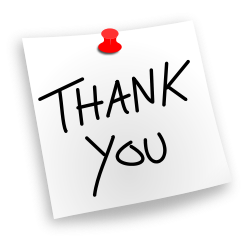One of the most challenging parts of writing a powerful resume is starting it. Whenever I start writing, the first question I ask myself is, “How am I positioning this client in the job market.” In other words, what is the branding message I want to deliver? Many struggle to overcome this foundational challenge. If you want your message to capture attention, though, you must develop this crucial element.
At its most basic level, a resume is a marketing tool, an advertisement for the person it describes. And all good marketers and brand managers know what their brand stands for, its value in the eyes of consumers. Walmart sells stuff cheap, including polo shirts and fleece tops. Patagonia sells polo shirts and fleeces at much higher prices. Why would anyone want Patagonia? Because there is a different value proposition based on quality, sustainability, green business practices, and the brand story. All of that justifies the premium pricing they command, at least among their loyal customers.
So, which do you want to be, the cheap Walmart hoodie selling for $25 or the Patagonia organic cotton item with the 6X price tag? If we are talking about your career (and your paycheck!), you want to be the premium candidate, the top talent, the professional who delivers on everything your brand promises. You want to be the new employee who is worth the bigger salary. So how does one establish that price point?
You must consider and articulate the skills, characteristics, and value you bring to the job market. This can take a little time, but it is well worth the effort. After all, once the marketing work of the resume and LinkedIn profile gets you the interview, you need to sell yourself. (Yes, a job search is a marketing and sales project.)
Start with three points. What are the top three elements of your value proposition? Here is an example.
Jane is a product manager for a technology company. She has the Project Management Professional (PMP) and Certified Scrum Master (CSM) credentials. Jane has an MBA with a technology management concentration. She is well regarded for her leadership, collaboration, and outstanding record of maintaining a consistent and rigorous product release schedule. Her team has hardly any turnover, and it has contributed mightily to the company’s revenue and user acceptance performance over the last five years.
While there are many directions we could take in establishing Jane’s professional brand, let’s balance the hard skills and qualifications with the other abilities and results described above. Where does this lead? It leads us to establish a clear, concise brand reinforced in each marketing tool Jane uses – her resume, LinkedIn profile, executive biography, cover letters, and thank you notes.
To make it even clearer, we can make a bullet-point branding summary, as follows:
- Technology product manager leveraging a business education, PMP and CSM credentials, and extensive experience highlighted by a portfolio of industry-leading product advancements.
- Leadership skills demonstrated by near-zero employee turnover, strong employee engagement, and continual contributions to the organization’s talent bench to enable growth.
- Reputation as a focused manager who gets results ahead of schedule that drive revenue and market share performance.
Jane’s brand could be written on an index card, and the points are concise enough to commit to memory. Can you describe yourself in your career in a similar way? What are your brand elements? How do you differentiate yourself from the competition and not sound like everyone else? Have you memorized it?
This is the foundation upon which resumes, LinkedIn profiles, and careers are built. Start here, and the rest will follow as you develop your career marketing tools.

